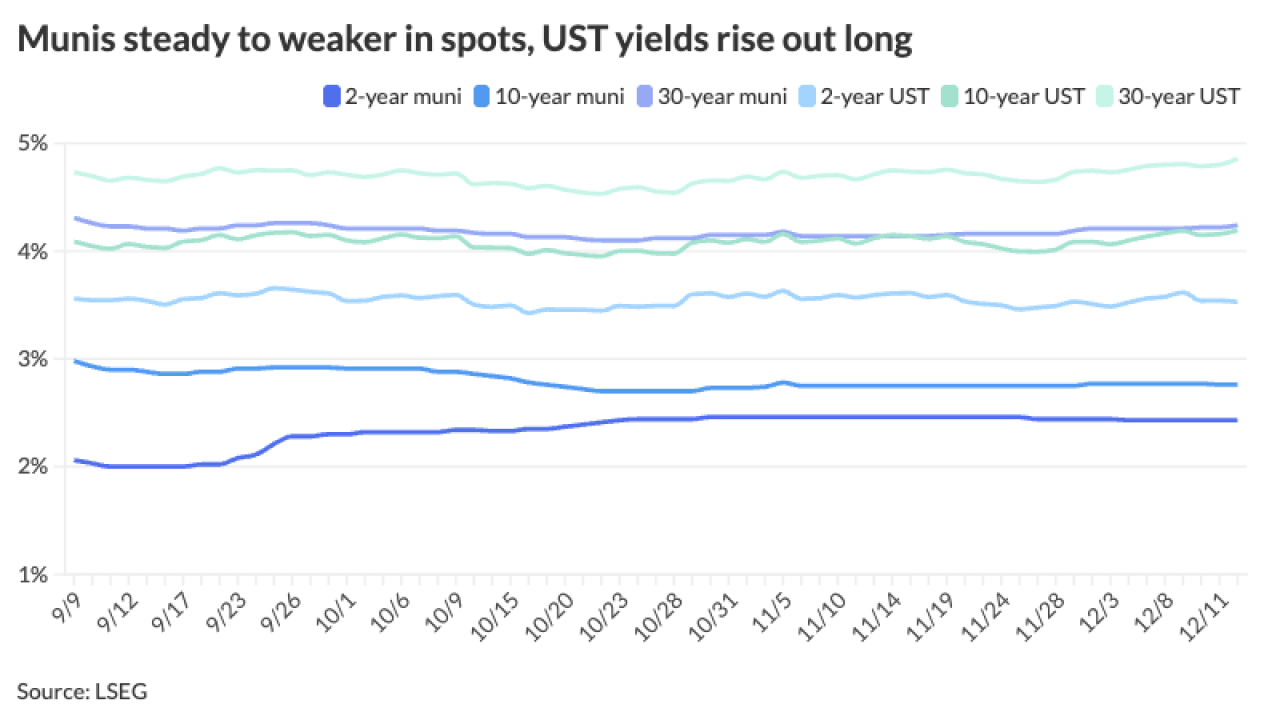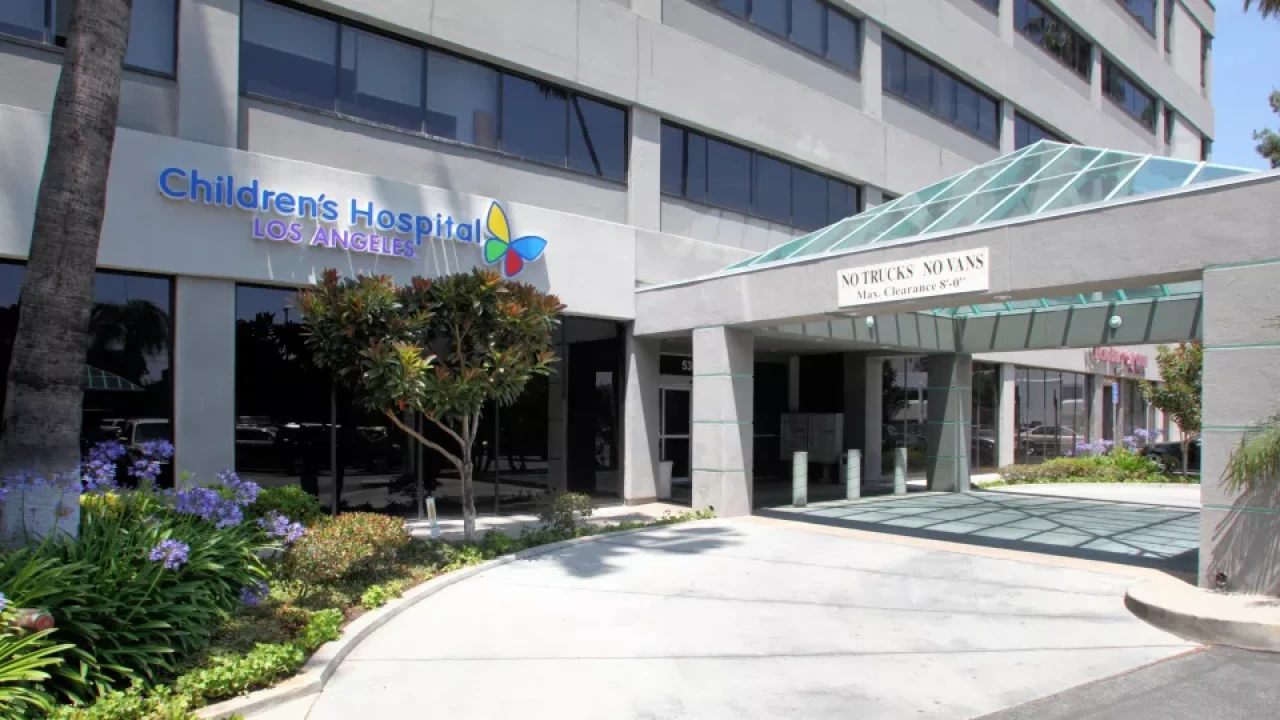One California policy expert blamed "water bond fatigue" for the failure Nov. 6 of an $8.9 billion state bond measure to fix crumbling infrastructure and provide drinking water to disadvantaged communities.
It was the first time California voters failed to approve a water bond in 28 years.

In
“It might be the beginning of water bond fatigue,” said Jeffrey Mount, a senior fellow with the Public Policy Institute of California, who moderated a panel during a half-day workshop on the state’s water problems.
The last time a water bond failed was in 1990. Since then, nine water bond measures have passed. Voters approved a $4 billion parks and water bond measure in June and a $7 billion water bond measure in 2014.
On the same day they voted down the water bond, California voters approved a $1.5 billion bond measure to fund children’s hospitals, $4 billion of bonds for housing and a measure to authorize $2 billion of debt backed with an existing surtax to fund housing for mentally ill homeless people.
“Our challenge now is: “How do we make better use of existing infrastructure with existing funds?” said Curt Aikens, general manager of the Yuba Water Agency. “The water bonds have been critical.”
The solution for the state’s controversial WaterFix project has been for its users to pay for projects.
WaterFix — a priority for soon-to-depart Gov. Jerry Brown — would modernize the state’s water delivery system by building three new water intakes in the northern Sacramento-San Joaquin River Delta and two tunnels to carry the water under the Delta to the existing aqueduct systems that deliver water to cities and farms in the Central Valley and Southern California. Water now flows through the Delta before being pumped into the State Water Project.
State Water Contractors, a statewide non-profit association of 27 public water agencies, supports WaterFix because is the best way to stabilize costs across the state, said General Manager Jennifer Pierre.
Water agencies that benefit from the Delta system have agreed to split the cost for WaterFix. The Metropolitan Water District of Southern California doubled its contribution to $10.8 billion in April after a handful of water districts in northern California opted out.
That board approval made the MWD the primary investor in the project. The cost will be passed on by the wholesaler to its retail member agencies that provide water directly to end users.
The MWD estimates end users will pay an additional $4.80 a month per household though some of the costs could be recouped from the agricultural sector.
“About 30 percent of the water that flows out of taps in Southern California comes from Northern California via the Sacramento-San Joaquin Delta,” MWD officials said in a statement in April. “But the Delta’s delivery system is badly outdated, its ecosystem is in decline and its 1,100-mile levee system is increasingly vulnerable to earthquakes, flooding, saltwater intrusion, sea level rise and environmental degradation.”
Ellen Hanak, director of the PPIC’s water policy center,
U.S. Rep. John Garamendi, D-Calif., whose 3rd District encompasses much of the Delta, has been speaking with the Federal Emergency Management Agency since a major section of the Oroville Dam’s spillway was damaged in February 2017, triggering an evacuation of 180,000 people downstream.
The Legislature would like FEMA to pay 75% of repair costs, but the federal agency has balked at paying for needed repairs saying it won't cover damage caused by deferred maintenance.
Garamendi has blamed the lack of regular maintenance on the state water board, which he said prioritized spending on the WaterFix over other water projects in the state.
“How do we pay for this stuff?” Mount said. “It has been said that Californians want everything, but they want someone else to pay for it.”

Mount called Proposition 3 a big setback for the state, because it would have funded what he characterized as “fiscal orphans.” The bond included money for environmental restoration, which water users don’t want to pay for, but is demanded by environmental groups in order for water supply projects to move forward.
The bonds would have been helpful in doing some restoration, but were no substitute for a long-term solution, said Ashley Boren, executive director of Sustainable Conservation.
“We do have some money for restoration and that needs to be spent as well as possible,” Pierre said. “We also need permit process changes, because environmental restoration projects have to go through the same environmental review process as developments.”
Critics said the water bond measure would aid special interest projects for which farmers and water users should be paying, not taxpayers. Proposition 3 funds also would not have been allocated through the state budgeting process, but instead would have been paid out as grants directly to farms and other groups. Opponents also claimed Proposition 3 lacked accountability.
The pro-Proposition 3 campaign reported paying more than $1.8 million to petition circulators during 2017 and 2018 to get the signatures needed to place the measure on the ballot. Most of its contributions, according to data posted by the
“The measure reflected a classic pay-to-play bond measure scheme,” the Sierra Club of California said in a statement following the election. The bond’s authors included billions of dollars for “projects that would allow [wealthy] investors to use taxpayer funds for projects they would otherwise have to pay for themselves.”
The state has about $83 billion of General Fund-supported bonds on which it is making annual principal and interest payments, according to the Legislative Analyst's Office
“The voters and the Legislature have approved about $39 billion of General Fund-supported bonds that have not yet been sold,” according to the LAO report. “Most of these bonds are expected to be sold in the coming years as additional projects need funding. Currently, we estimate that the state is paying about $6 billion annually from the General Fund to repay bonds.”





